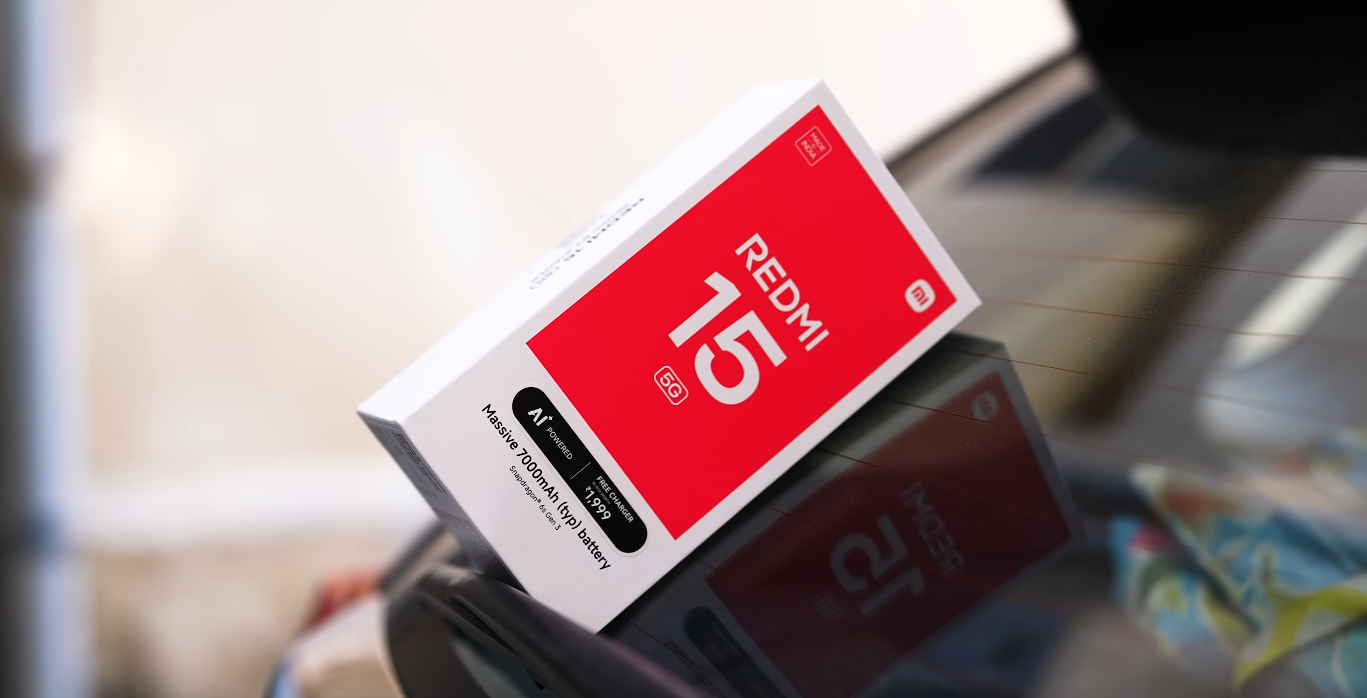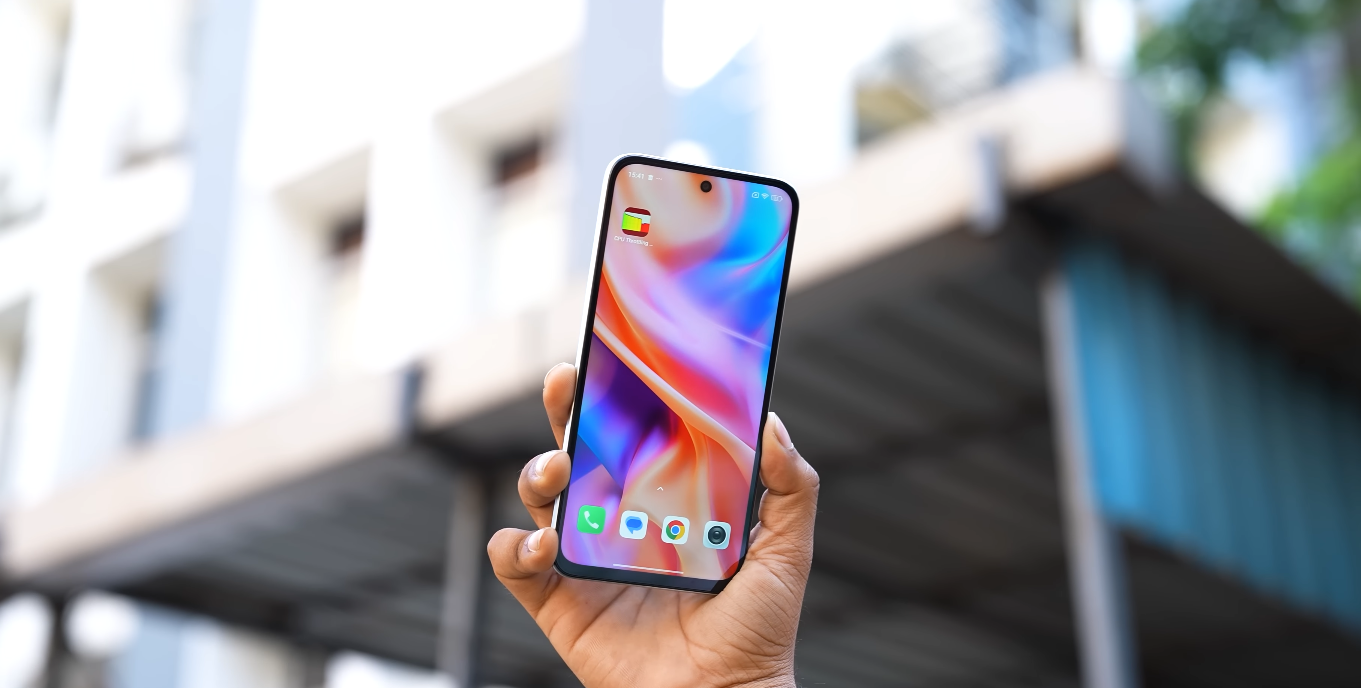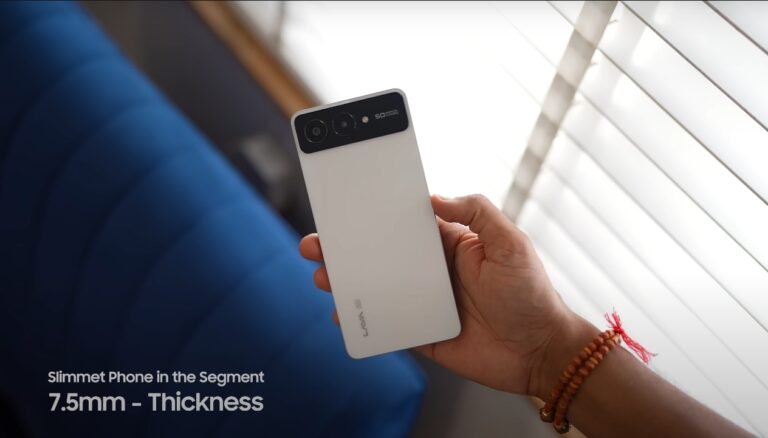Redmi 15 battery health long-term: what to expect after 2-3 years

Understanding the Real Battery Longevity of Redmi 15
The Redmi 15 arrives with a massive 7,000 mAh silicon-carbon battery designed for endurance and efficiency. Xiaomi claims that this new-generation battery chemistry can retain about 80 per cent of its capacity even after four years of regular use. This gives users confidence that the device is built for the long run, especially when compared to typical lithium-ion batteries used in most smartphones.
During the first year, Redmi 15 owners can expect optimal performance and almost full battery health. The phone should comfortably last up to two days on a single charge with balanced usage. Degradation at this stage is minimal, provided the user avoids exposing the device to extreme heat and maintains healthy charging practices. Xiaomi’s power management system also ensures the battery operates efficiently and stays cool during charging cycles.
By the second year, a natural decline in capacity begins to show, as with all rechargeable batteries. The Redmi 15 may retain around 90–95 per cent of its original battery life, translating to roughly 6,300 to 6,650 mAh of effective power. Under normal daily routines—streaming, browsing, and calls—users will still enjoy more than a full day of power. However, those who use the device heavily for gaming or long hours of screen-on time may find themselves charging nightly.

After three years, the decline becomes more noticeable but remains manageable. The battery may drop to 80–85 per cent of its initial capacity, leaving about 5,600 to 6,000 mAh available. This still provides reliable all-day performance under moderate use. In most cases, the Redmi 15 won’t require a replacement battery within the first three years unless subjected to extreme usage patterns or constant fast charging.
Charging habits play the most significant role in battery longevity. Avoiding overcharging, limiting exposure to high temperatures, and not allowing the battery to drop below 10 per cent too often will all help. Xiaomi’s 33 W fast charging is efficient and relatively gentle, but using it sparingly when time allows will further reduce long-term stress on the battery. Features like “Battery Saver” and “Optimised Charging” should be activated to maintain good health over time.
Environmental factors also influence how well the battery performs after a few years. Cooler climates, such as those in the UK, generally help preserve battery capacity compared to hotter regions. High temperatures accelerate chemical wear, so users should avoid leaving the phone in cars or under direct sunlight. Regular software updates from Xiaomi also contribute to improved battery management, ensuring energy-efficient operation.
Users in the UK can expect excellent long-term results from the Redmi 15. During the first year, it will easily last up to two days per charge. By the second year, it should still offer around a day and a half of reliable use. In its third year, the phone will likely maintain a full day of normal activity, requiring a quick evening top-up under heavier workloads. For most users, that means continued practicality well into the phone’s life cycle.
To maximise battery health, it’s best to charge the Redmi 15 between 20 and 80 per cent whenever possible. Avoiding overnight charging and turning off high refresh rate modes when not needed will reduce power drain. Lowering brightness and disabling unnecessary background apps will also preserve capacity. These small adjustments can make a significant difference over time, helping the phone retain stronger battery performance beyond the three-year mark.
If heavy users experience reduced stamina after three years, a battery replacement may be worth considering. Xiaomi’s design makes servicing straightforward, and replacement costs remain affordable compared to premium flagships. For most moderate users, though, the Redmi 15 should remain efficient and dependable without any need for hardware intervention.
In conclusion, the Redmi 15’s 7,000 mAh silicon-carbon battery is one of the most durable in its class. After two to three years, users can still expect between 80 and 90 per cent capacity, depending on habits and environment. With smart charging practices and regular care, the phone offers exceptional long-term value, proving that Xiaomi’s latest battery technology truly delivers lasting performance.




